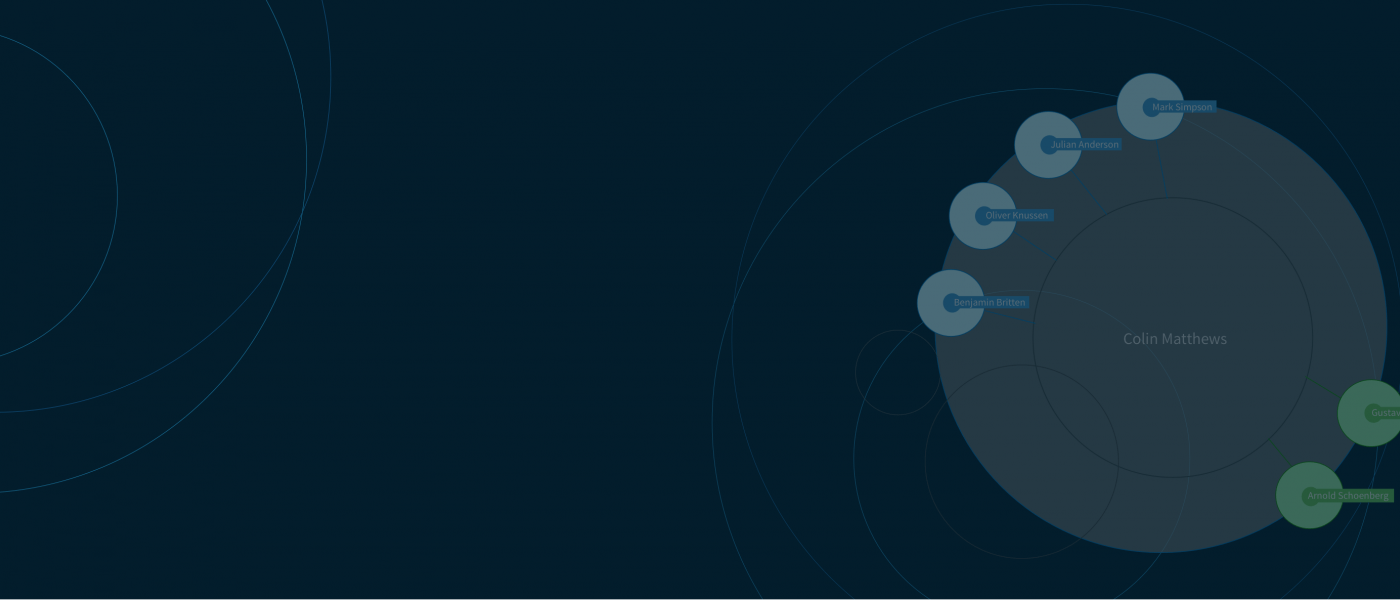Field recordings: bringing the outside world in
22nd November 2022
Articles NMC RecordingsIn this article, originally published in our Friends' newsletter, composer Joanna Bailie tells us about using field recordings in her music. Alongside articles like this, our quarterly Friends Newsletter is packed with behind-the-scenes updates on recordings and education projects, as well as invitations to see our work in action plus opportunities to meet composers and artists; find out more about becoming a Friend here.
I began making field recordings just over 10 years ago. When I bought a small portable recording device on a hunch, I never expected that capturing the sounds of the real world would come to feature so prominently in my work, and yet it has – nine out of the twelve tracks on my NMC release, Artificial Environments involve one or more recordings made in the outside world.
My initial experiences with the recording device were a little hit and miss. I had no wind shield for the microphones, and the first lesson I learned was to keep out of the wind, or better still, avoid breezy days altogether. Wind will ruin a recording, as will not being close enough to the sounding object or setting the level too low. Perhaps the worst thing that can occur though, for me at least, is the appearance of noises that I don’t like very much, such as the slamming of a car door, rolling suitcases or other flat unsonorous sounds. Part of the charm of recording the real world is that you have very little control over what happens – this of course has its downside too. Very occasionally a recording will be cut short by the sound of someone asking me what I am doing. I try to record very discreetly with small camouflaged microphones, but sometimes these can catch the attention of a curious bystander, or even a security guard when I’m recording in a public building such as a train station.

When I go on a field recording trip I’m never sure what I’ll hear. Sometimes I can go out with the intention of recording one thing, and come back with something entirely different. I went to London Zoo one day planning to record the animals there, but they proved to be uncooperative, and instead I ended up with the sounds of a carousel organ playing a selection of arrangements of popular old tunes and classical music – this recording is used quite prominently in Artificial Environment No.5.
In fact, I’m quite fond of the sound of music playing in public places, be it carousels, carillons, buskers or bells, because the experience is like hearing that music again though one removed, and recontextualised somehow. I’m especially attracted to field recordings with ‘pitch content’ in them, because this allows me to find a point of contact between the recordings and the live classical instruments that are paired with them. My favourite sound of all though, and which can be heard in Artificial Environment No.1, is the sound of a distant motorway filtered by the intervening landscape. The noisy road becomes simply a set of random pitches that sounds like a kind of singing. Unfortunately, it’s very hard to record this singing motorway – it’s so far away that the sound is very quiet, and the closer one moves to it, the noisier it gets and the pitchy effect is lost.
When I first began recording, I became hooked almost immediately. I remember going out to capture the sounds of a busy road one day, sitting in a bus shelter and concentrating very hard on the cars going by at different speeds and volumes. I had a strange experience at that bus stop listening to the slightly amplified sounds – I began to feel that everything that was happening, was happening just for my benefit, and that the noises that I was attending to were in fact music. This process of turning non-art into art through placing it in a different context, or by listing to it and looking at it in a different way is called ‘framing’ and has its origins in the work of Marcel Duchamp and John Cage, though who knows, individuals have probably been attending to the sounds of the world as if they were music since time immemorial.
Find out more about field recording in a guide written by DJ/producer Nabihah Iqbal for the Home Recording resources we created as part of our Big Lockdown Music Survey here
NMC's Discover platform is created in partnership with ISM Trust.

